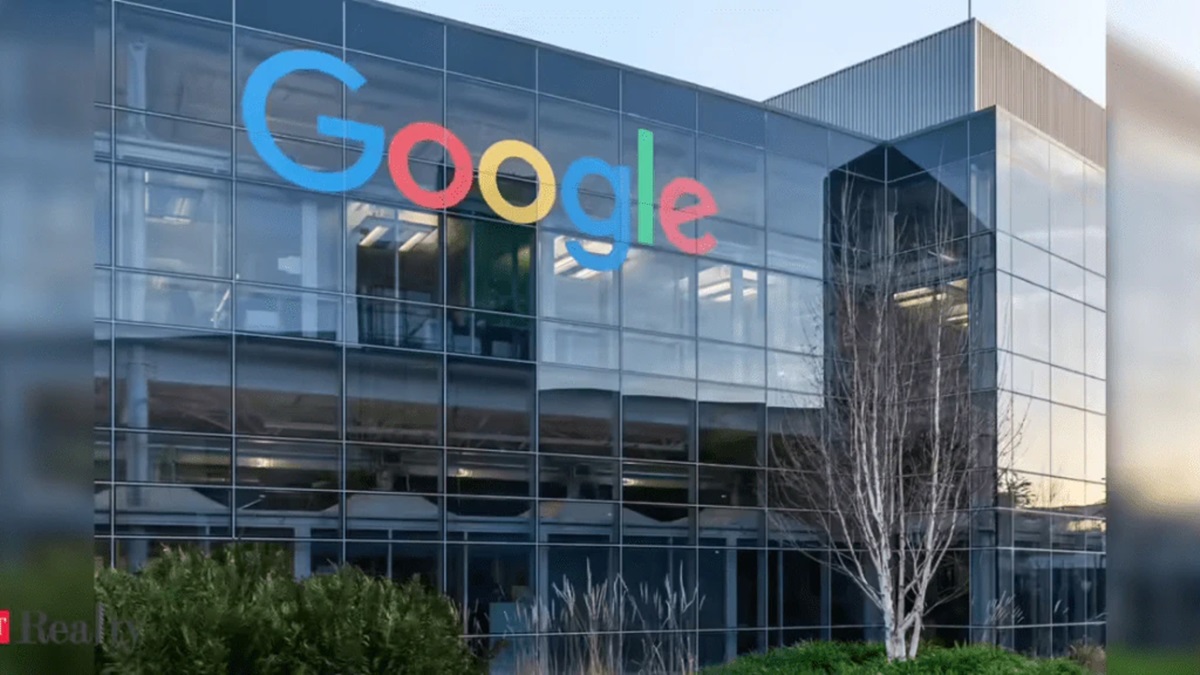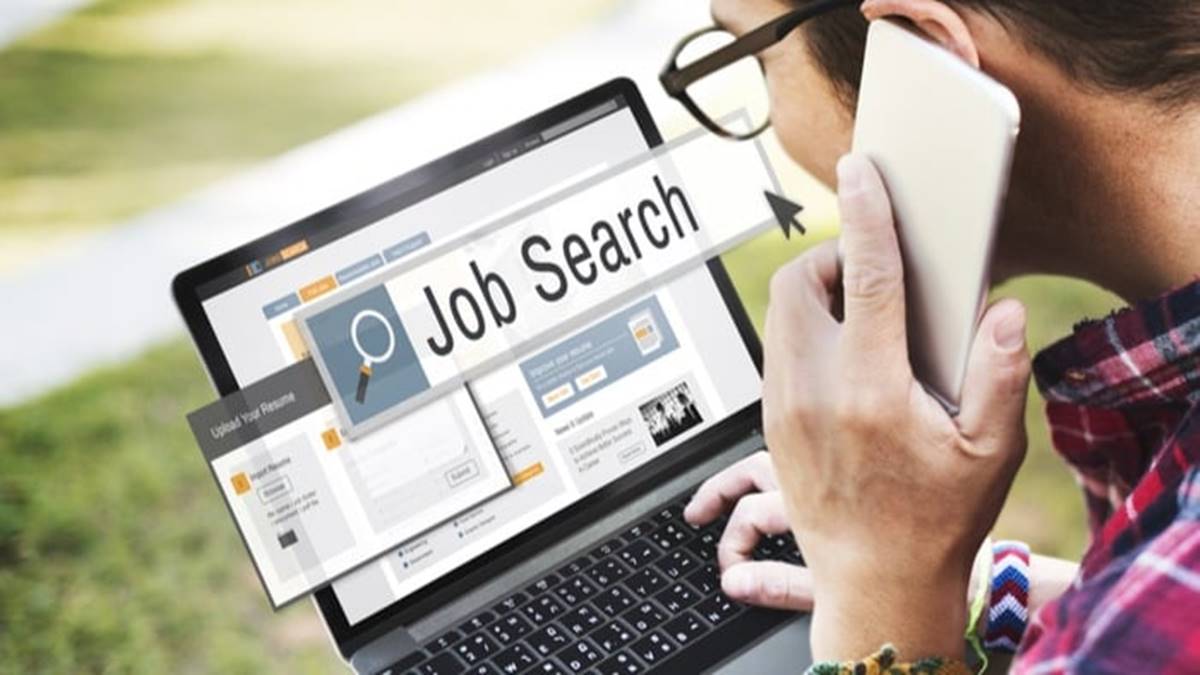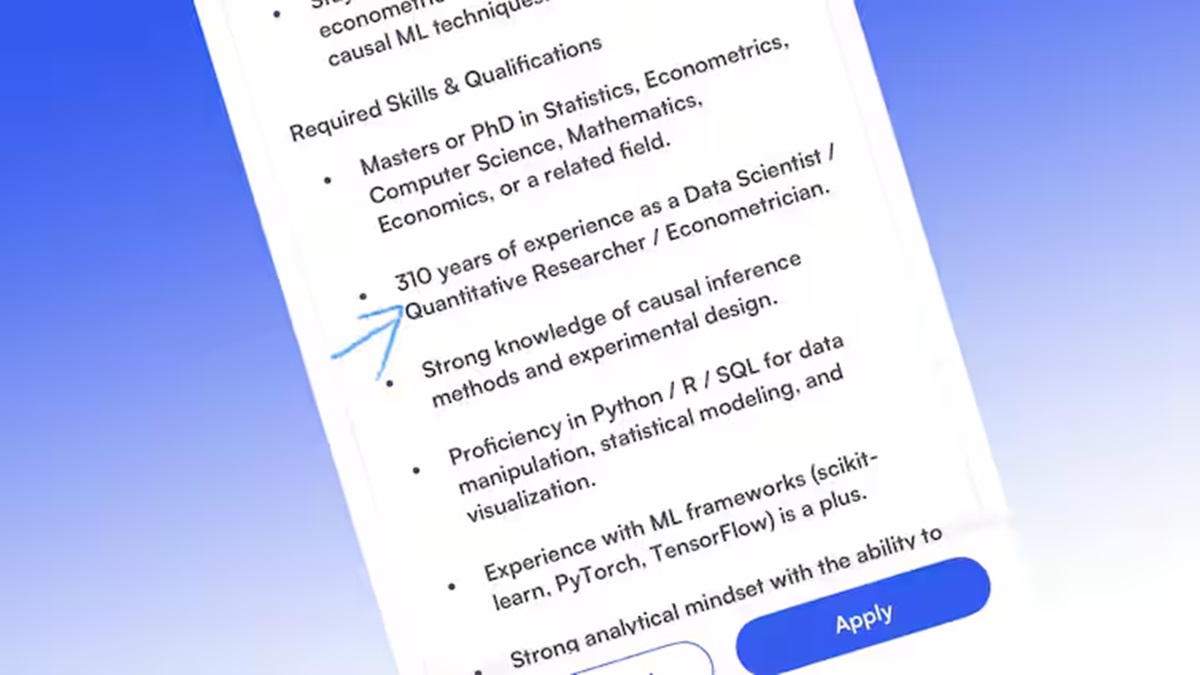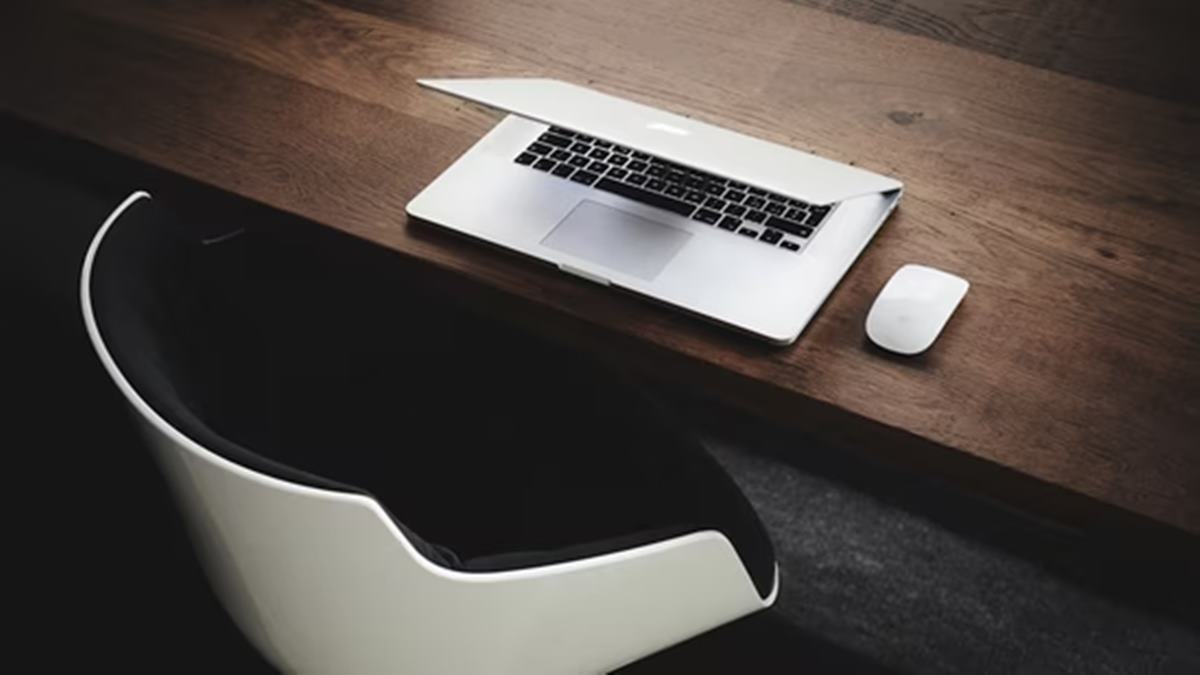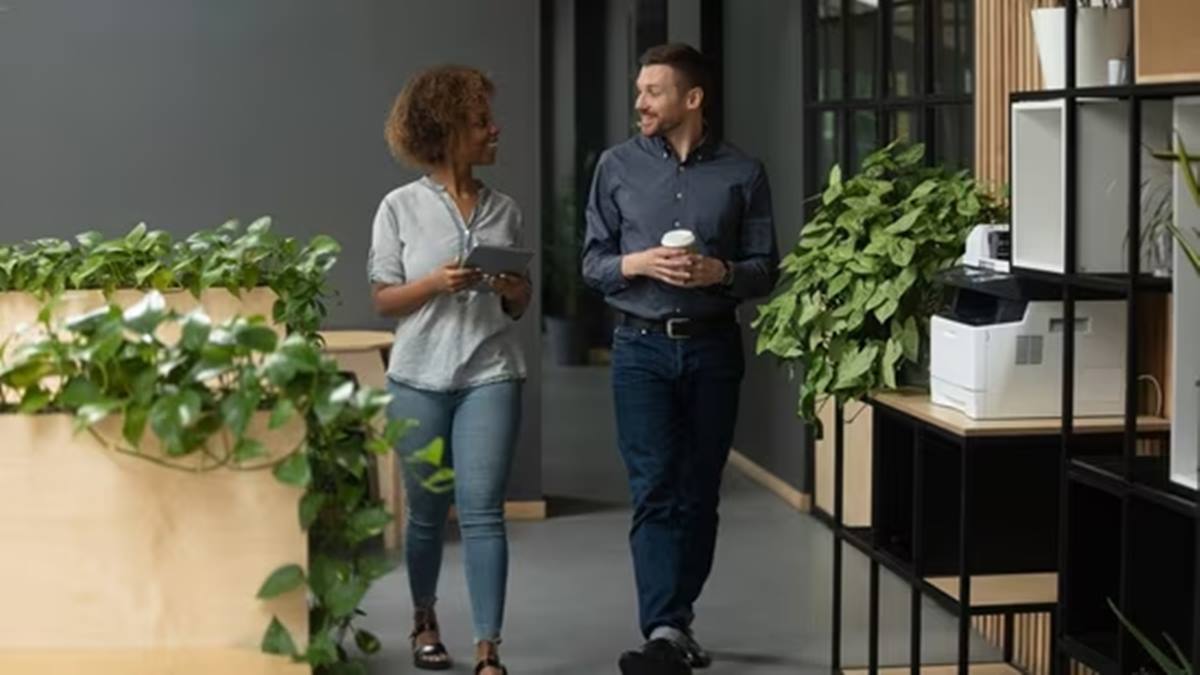For years, organisations defined “well-being” through health insurance, gym memberships or leave policies. But that transactional view is no longer enough, argues Nimisha Dua, Chief People Officer at Space Matrix. In an interview with People Matters, she said that the real shift is recognising how workplace design can influence stress, focus and emotional balance — the less visible aspects of the daily employee experience.
“The environment we create for people must go beyond the basics and address the more nuanced, invisible aspects of their day-to-day experience,” she explained. Natural light, ergonomic furniture and acoustic control are no longer differentiators; they are “table stakes.” The next level of well-being, she said, lies in design that enables choice and reflects the different needs of individuals.
This means creating a range of spaces: quiet pods for deep focus, small breakout zones for informal conversations, and flexible areas that encourage movement throughout the day. These interventions, Dua noted, may appear subtle but they are powerful because they give employees agency over their own energy and emotional state. “It’s about being human-centric in our approach,” she said. “Employees expect a holistic focus on them as individuals, their sense of belonging and their need to feel seen as a whole person.”
By putting people at the centre of decisions, workplace design moves from being a functional or aesthetic exercise to a “critical tool for elevating well-being at multiple levels.” In her view, design becomes an “invisible ally” that helps employees feel grounded, engaged and supported — outcomes that ultimately drive innovation and business performance.
Culture expressed in walls and spaces
Dua stressed that workplaces are more than the physical setting for tasks. “The physical environment isn’t just a place where work happens; it’s a living artefact of our organisational culture,” she said. While values may be declared on a website, they become real when they are embedded in the physical environment.
For her, this is not optional but a “strategic imperative” for CHROs. “We must see the workplace as an extension of our culture, where one cannot truly thrive without the other,” she said.
If an organisation values collaboration, the design must make interaction effortless through open layouts and transparent spaces. If innovation is core to the brand, then environments such as maker labs or ideation areas must be created to allow for experimentation and creative chaos. For firms that emphasise sustainability, she argued, the commitment must extend beyond policy statements to the very materials, finishes and energy systems that make up the office.
“When employees see these values physically manifested around them, they internalise the culture not as a set of abstract ideas but as a lived experience,” Dua explained.
This thinking also requires a reframing of how people are viewed. “For too long, we’ve treated our people as ‘human resources’,” she said. “We need to turn that narrative on its head and start seeing them as human beings.” She believes the role of leaders is to create an environment where individuals feel accepted, safe to be themselves and willing to take risks without fear of judgment. The result, she noted, is higher engagement and productivity, but also something deeper: the building of a community where culture is embodied, not simply declared.
Designing for the next decade
Looking ahead, Dua argued that the next decade of workplace design will be defined by human-centric principles that counterbalance the growing influence of technology. She sees a paradox emerging: as artificial intelligence becomes central to work, the strategic advantage for organisations will lie in distinctly human capabilities.
“AI will democratise intelligence, making everyone smarter, faster and more productive,” she said. In that context, metrics of performance will shift from routine tasks to skills such as emotional intelligence, creativity and critical thinking.
The physical workplace, she suggested, must play a new role as a social connector that offsets the isolation of digital tools. Offices should become places to build trust, spark spontaneous collaboration and engage in creative problem-solving that requires human-to-human interaction.
“For an organisation to deliver a ‘Results Revolution,’ it must build an environment where employees can thrive, learn and continually upskill for jobs that don’t even exist yet,” she said. “The workplace becomes an essential tool for preparing people for the future of work and helping them navigate the constant ambiguities and changes of the Fourth Industrial Revolution.”
According to Dua, some organisations are already realising what she calls a “Connection Dividend” — the measurable business benefit that comes from designing spaces to intentionally foster social bonds. This, she emphasised, is about more than just a well-appointed office. It is about “creating a workplace that directly fuels innovation, collaboration and a sense of belonging.”
She outlined three key design principles that will underpin engaging workplaces:
- Social connectivity: spaces that promote unplanned interactions and strengthen community bonds.
- Agility and resilience: environments that adapt quickly to shifting team structures and project needs.
- Well-being as foundation: design that continues to provide natural light, good air quality and ergonomic support, but also incorporates spaces for mental and emotional recovery.
For Dua, the most successful organisations will be those that strike a balance — using technology to enhance productivity while leveraging physical design to nurture human potential.
Advice for CHROs
Asked what advice she would give to CHROs and business leaders, Dua was clear: “My primary advice is to see workplace design not as a facilities project, but as a core people strategy.”
She argued that CHROs are uniquely positioned at the intersection of business needs and employee priorities, making them central to the workplace design process. The task is to view the office not as a static construction project but as a “living system” that evolves with the organisation.
That shift means focusing on the purpose of the space rather than its appearance. Leaders must ask: what does our business need to achieve, and how can the space help people perform at their best? In her view, desks and chairs are just the starting point. The real aim is to create an ecosystem that fosters collaboration, supports well-being and drives innovation.
This approach requires strong partnerships. Dua emphasised that the best outcomes come from close collaboration between HR, business leaders and workplace strategists. HR contributes insight into employee needs and cultural goals; business leaders define strategic objectives; and workplace strategists translate these insights into tangible environments. Without this partnership, she warned, organisations risk building spaces that look impressive but fail to serve their people or their purpose.
When done well, she argued, workplace design becomes a “strategic asset with a significant return on investment.” Beyond engagement and retention, it signals visibly that employee well-being and potential are at the centre of the organisational agenda. In an era of hybrid work and distributed teams, Dua described the physical office as a “beacon” — a place people choose to be because it allows them to thrive.
“It is this intentionality that makes a workplace truly engaging and future-ready,” she concluded.
